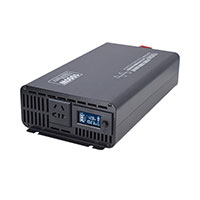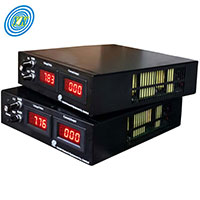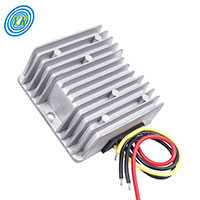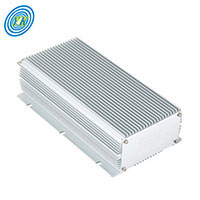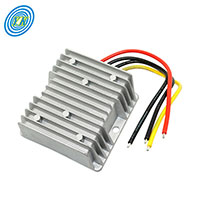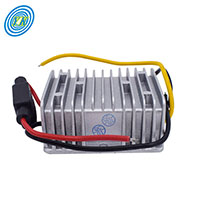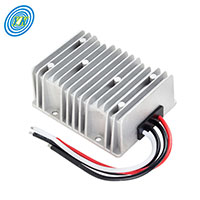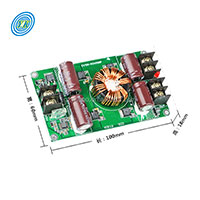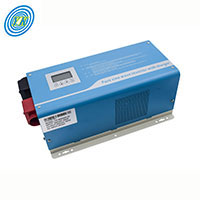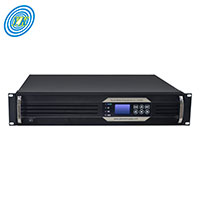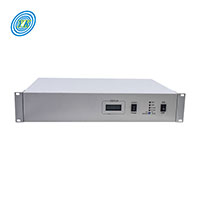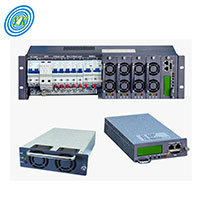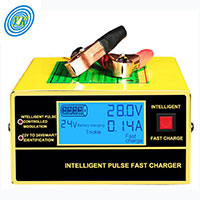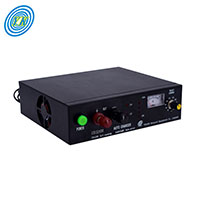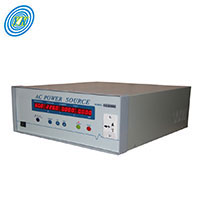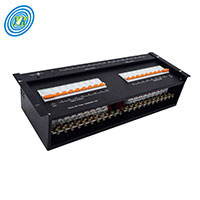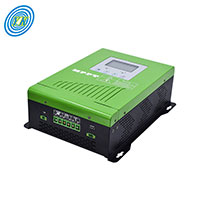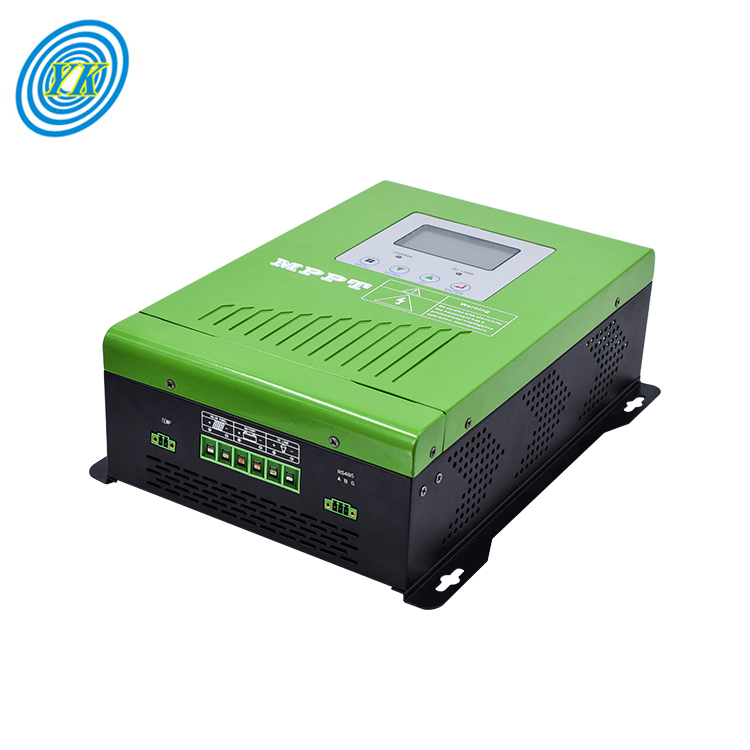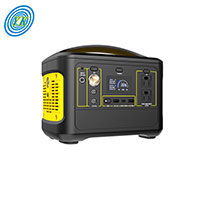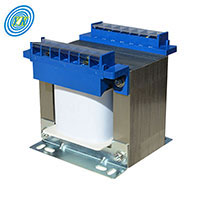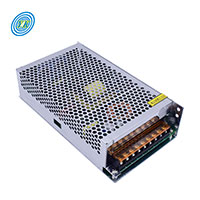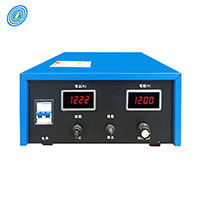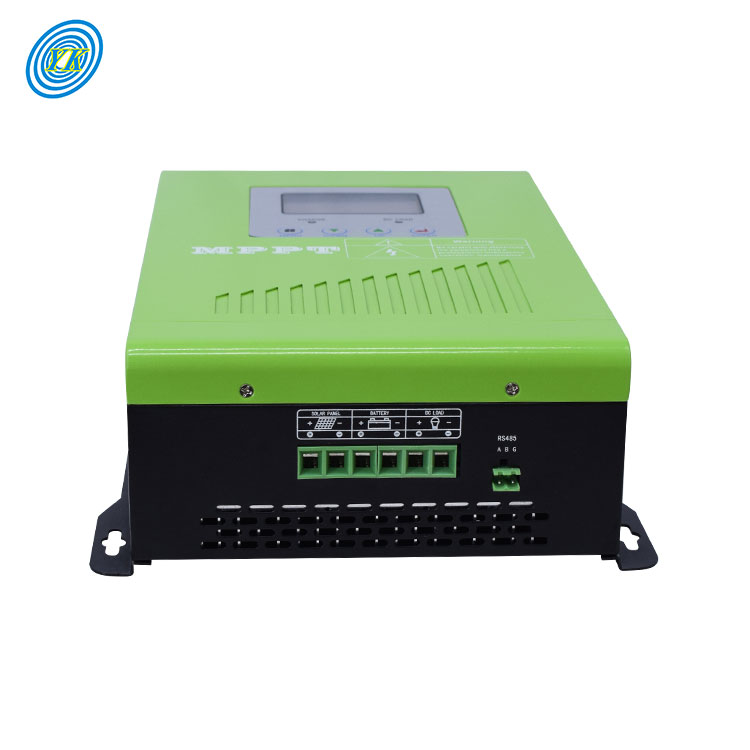
Harnessing the Sun: Novel Applications of MPPT Controllers in Solar Energy Systems
Click: 838 Date: 09/20/2023 2::09::02 PM
Harnessing the Sun: Novel Applications of MPPT Controllers in Solar Energy Systems Introduction: Harnessing solar energy has become increasingly important in the quest for sustainable and renewable energy sources. One crucial aspect of solar energy systems is the efficient extraction of power from photovoltaic (PV) panels. Maximum Power Point Tracking (MPPT) controllers play a vital role in optimizing the power output of PV systems by continuously tracking and adjusting the operating point to the maximum power point (MPP) of the panels. MPPT Techniques and Algorithms Various MPPT techniques and algorithms have been developed to enhance the performance of solar energy systems. These techniques include Perturb and Observe (P&O), Incremental Conductance (INC), Particle Swarm Optimization (PSO), Cuckoo Search (CS), Grey Wolf Optimization (GWO), Neural Networks (NN), Genetic Algorithms (GA), and more. Hybrid PSO_ML-FSSO Algorithm In recent research, a novel hybrid PSO_ML-FSSO algorithm was proposed for MPPT in solar energy conversion systems. This algorithm combines Particle Swarm Optimization (PSO) and Machine Learning (ML) techniques with the FSSO (Flying Squirrel Search Optimization) algorithm. The hybrid algorithm demonstrates improved performance compared to other well-known algorithms such as P&O, INC, PSO, and CSO under different operating conditions. Equivalent Circuit Model of Solar Cell To understand the behavior of PV panels and develop efficient MPPT algorithms, an equivalent circuit model is commonly used. The model includes components such as the series resistance (Rs), shunt resistance (Rsh), diode saturation current (Io), and ideality factor (n). Artificial Neural Network (ANN) Model Artificial Neural Networks (ANNs) have been employed in MPPT algorithms to improve the accuracy and adaptability of the controllers. The input weights of the ANN model can be calculated using the PSO-Trained method and FSSO hybrid approach. The ANN model takes inputs such as solar irradiation, temperature, and other environmental factors to predict the maximum power point of the PV panels.In conclusion, MPPT controllers play a crucial role in optimizing the power output of solar energy systems. The development of novel algorithms and techniques, such as the hybrid PSO_ML-FSSO algorithm, has shown promising results in improving the efficiency and performance of MPPT controllers. By continuously tracking the maximum power point of PV panels, MPPT controllers contribute to the effective harnessing of solar energy for various applications, including grid-tied systems, off-grid systems, solar-powered vehicles, and more. Further research and advancements in MPPT algorithms will continue to enhance the integration of solar energy systems into our daily lives, promoting a greener and sustainable future.
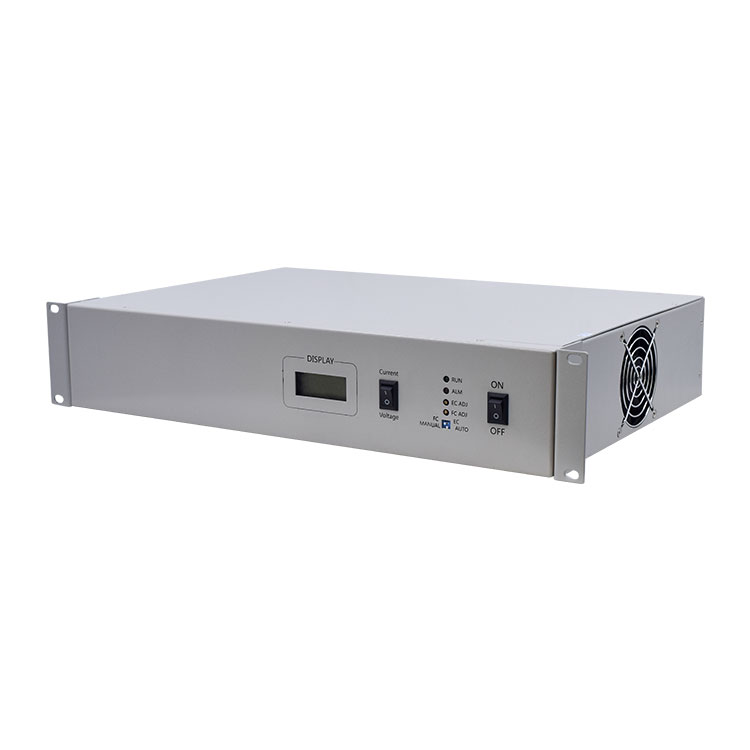
Innovations in Rack-Mounted DC Converters: A Look at the Latest Technologies and Trends
Click: 666 Date: 09/20/2023 10::34::35 AM
Innovations in Rack-Mounted DC Converters: A Look at the Latest Technologies and TrendsRack-mounted DC converters play a vital role in various applications ranging from data centers to renewable energy systems. In recent years, ongoing technological advancements and research have led to significant improvements in their efficiency, performance, and adaptability. This article aims to explore these innovations and provide insights into the latest trends in rack-mounted DC converters.Modern Resonant ConvertersOne of the latest trends in DC converters is the use of resonant converters. These devices have gained attention due to their high power density, reduced switching losses, and versatility in practical applications. Resonant converters have demonstrated superior features compared to conventional converters, including the potential for high-frequency operation and increased efficiency.In particular, the series resonant converter has become attractive for switched-mode power supplies. The advantages of these converters include not only increased power density due to high switching frequencies but also decreased switching losses. However, to further exploit the potential of resonant converters, more research is needed to optimize their control and address issues related to voltage gain, frequency ratio, load values, and inductance ratio.Bidirectional DC-DC ConvertersBidirectional DC-DC converters represent another significant innovation in the field. These converters can handle power flow in both directions, allowing voltage levels to be stepped up or down based on the flow control capacity. This bidirectional power flow capability makes them ideal for applications such as electric vehicle charging and energy storage systems.There are two types of bidirectional converters: isolated and non-isolated. Non-isolated bidirectional DC-DC converters (NIBDCs) do not require high-frequency transformers for electrical isolation, making them efficient and lightweight for low-power applications. On the other hand, isolated bidirectional converters are used in situations where source protection, noise reduction, and voltage matching are critical.Silicon Carbide and Gallium Nitride Power DevicesThe use of silicon carbide (SiC) and gallium nitride (GaN) power devices in rack-mounted DC converters represents a significant technological advancement. These materials offer superior properties, including high-temperature operation, high-frequency response, and low-loss characteristics. The design and performance optimization of DC converters based on SiC and GaN power devices is a promising future trend.Multilevel ConvertersMultilevel converters (MLCs) have emerged as a promising solution for improving the performance of rack-mounted DC converters. They offer numerous advantages, including low harmonic distortion, smaller scale, and less reliance on magnetic circuits. However, selecting an efficient and cost-effective MLC topology remains a challenging aspect, and future research directions may focus on the creation of new types of MLCs with fewer components.In conclusion, the field of rack-mounted DC converters is witnessing rapid advancements and innovations, driven by the need for improved efficiency, adaptability, and performance. By leveraging these latest technologies and trends, we can expect to see more powerful and versatile DC converters in the future.
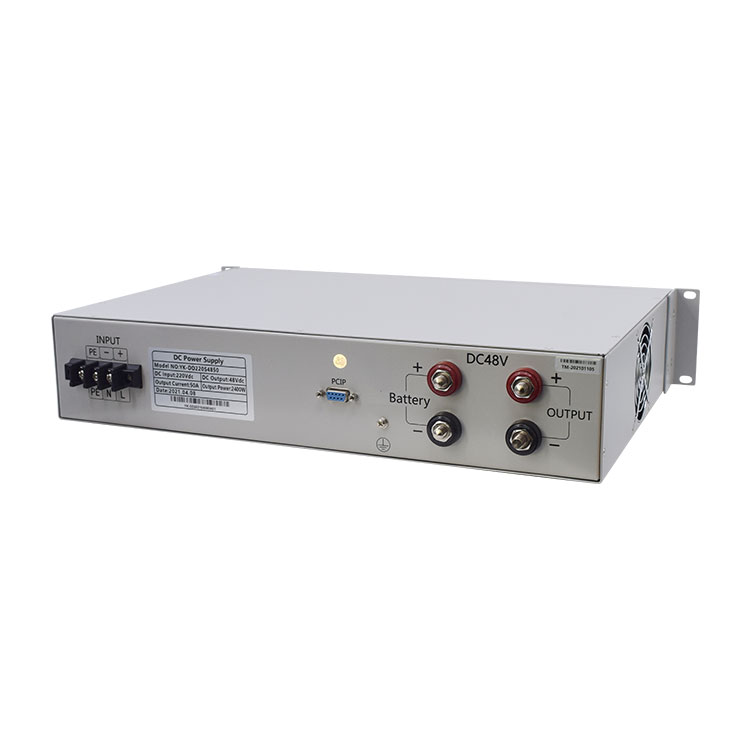
Rack-Mounted DC Converters: Bridging the Gap in Power Electronics
Click: 709 Date: 09/20/2023 09::52::06 AM
Rack-Mounted DC Converters: Bridging the Gap in Power ElectronicsRack-mounted DC converters have become an integral part of many industries, from telecom to automotive, railway, and military. They are used to convert direct current (DC) from one voltage level to another, catering to a variety of applications. This article aims to shed light on the role of these converters in bridging the gap in power electronics.Power Electronics and the Need for DC ConvertersPower electronics is a field that deals with the conversion and control of electric power. The main goal is to ensure the power is delivered efficiently and effectively to the load. However, different loads require different voltage levels and types of current (AC or DC). This is where DC converters come in. They adjust the voltage level to match the needs of the load, ensuring optimal performance and efficiency.Role of Rack-Mounted DC ConvertersRack-mounted DC converters are specifically designed to fit into standard electronic equipment racks. They are widely used in applications where multiple DC voltage rails are required, such as in data centers, telecom equipment, and industrial automation systems.These converters are available in a range of power ratings, from as low as 50W to as high as 300W. They can operate under a wide range of input voltages, up to 385Vdc, and can function in temperatures ranging from -25 to +71°C. This makes them suitable for a variety of environments and applications.Bridging the Gap in Power ElectronicsThere are several ways in which rack-mounted DC converters are bridging the gap in power electronics:Versatility: These converters can be used in a wide range of applications, from powering telecom equipment to providing backup power for data centers. This versatility makes them a valuable tool in the field of power electronics.Efficiency: Rack-mounted DC converters are designed to convert power with high efficiency, reducing energy waste. This is particularly important in industries such as data centers, where energy costs can be significant.Reduced Size and Cost: By integrating the power conversion function into a rack-mountable format, these converters help reduce the size and cost of the overall system. This is especially beneficial in applications where space is at a premium.In conclusion, rack-mounted DC converters are playing a critical role in bridging the gap in power electronics. They offer a versatile, efficient, and cost-effective solution for power conversion, making them an invaluable tool in a variety of industries. As technology continues to advance, it is likely that these converters will play an even more significant role in the future of power electronics.
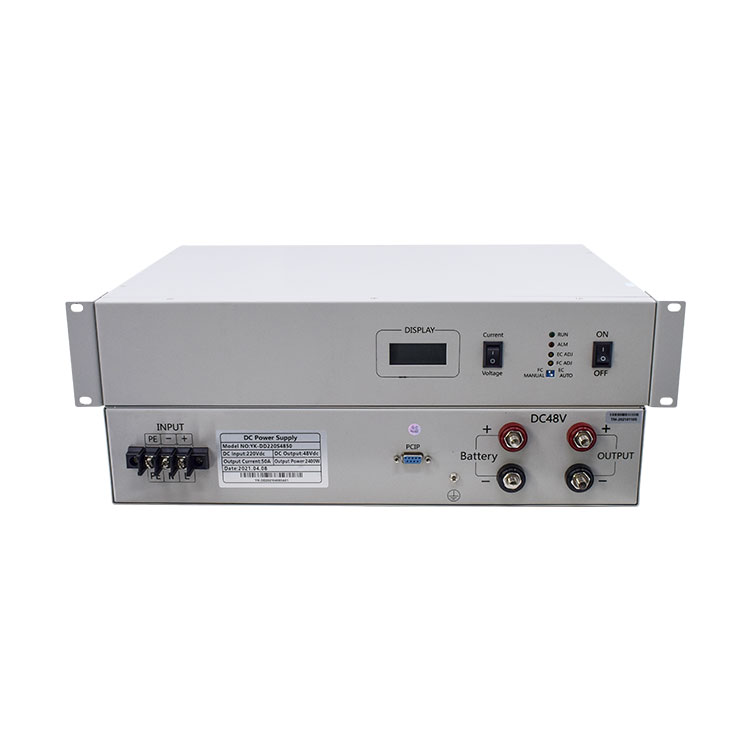
Rack-Mounted DC Converters in Aerospace: Powering the Skies
Click: 922 Date: 09/19/2023 5::18::47 PM
Rack-Mounted DC Converters in Aerospace: Powering the SkiesThe aerospace industry is a field where high-density power solutions are a key requirement. With the ongoing need to reduce size, weight, power, and cost (SWaP-C), while simultaneously increasing command, control, communications, computing, intelligence, surveillance, and reconnaissance (C4ISR) capabilities, the role of rack-mounted DC converters becomes essential.Powering Aerospace and Defense ApplicationsIn aerospace and defense applications, the use of high-efficiency, high-density DC converters can double the internal bus power and keep the aircraft as light as possible. These converters also provide a well-regulated 48V at more than 1kW to enable higher peak RF output power. In unmanned aerial vehicles (UAVs), these power delivery systems support more functionality, increasing payload and runtime.Technological InnovationsCompanies like Vicor are raising the bar by delivering technologically advanced MIL-COTS power solutions that meet demanding SWaP-C requirements with robustness and reliability. Their DCM™ family of isolated, regulated DC-DC converters, for instance, offers solutions with upwards of 2.5X improvement in power density by volume, and over 3x the power density by weight, compared to other solutions.Applications in Satellite CommunicationsIn satellite communications, the use of rack-mounted DC converters enhances onboard voice and data communications by taking advantage of maximized power amplifier efficiency.Custom Power Solutions for AerospaceWhen standard power supply models don't meet the specific needs of a project, companies like Acopian can provide custom power solutions. Their custom power supplies or custom power systems can be designed to meet the unique requirements of aerospace applications. These include rack-mounted, wall-mounted, pluggable and modular configurations, providing redundancy and high reliability.In conclusion, rack-mounted DC converters are a vital component in the aerospace industry. They help to meet the demanding requirements of this field by providing high-density power solutions, enabling more functionalities, and contributing to the efficiency of various applications. With continuous technological advancements and the ability to provide custom solutions, these converters are truly powering the skies.
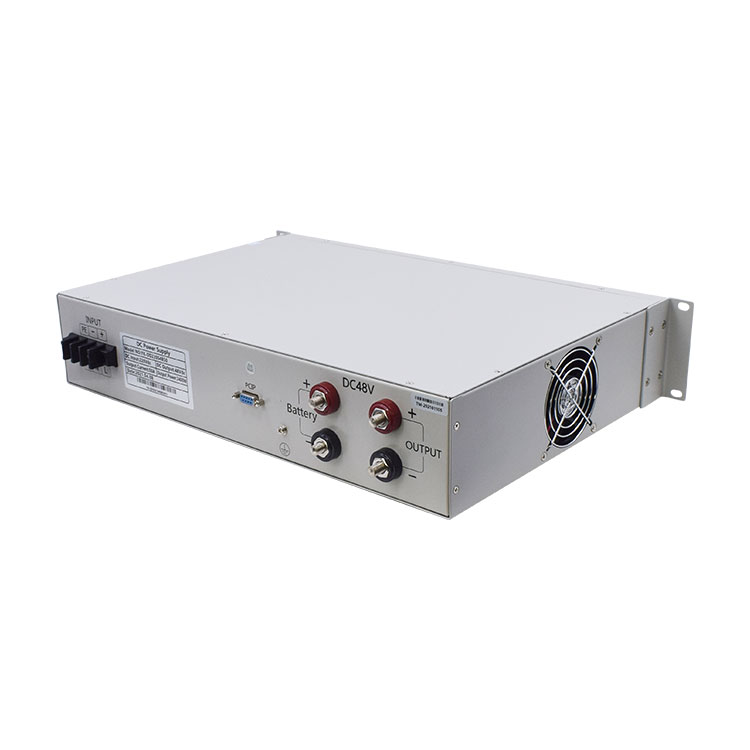
The Future of Renewable Energy: The Role of Rack-Mounted DC Converters
Click: 830 Date: 09/19/2023 5::03::40 PM
The Future of Renewable Energy: The Role of Rack-Mounted DC ConvertersThe world is increasingly turning to renewable energy sources to meet its power needs, with solar and wind energy at the forefront of this revolution. This shift towards cleaner, more sustainable energy has brought about the need for advanced power conversion technologies. One such technology is the rack-mounted DC converter, a device that plays a crucial role in optimizing energy use and storage.The Growing Demand for Renewable EnergyThe demand for renewable energy is on the rise, driven by increasing awareness of climate change and the need for sustainable development. As a result, the energy sector is undergoing a significant transformation, with renewable energy sources gradually replacing fossil fuels.The Role of Rack-Mounted DC Converters in Renewable Energy SystemsRack-mounted DC converters are an essential component in renewable energy systems. They convert variable DC output from renewable energy sources, such as solar panels and wind turbines, into a stable and usable form of power.In solar power systems, for example, rack-mounted DC converters can maximize the energy harvested by tracking the maximum power point of the solar panel array. They also help stabilize the output voltage, ensuring a consistent power supply even when the solar irradiance levels fluctuate.Similarly, in wind energy systems, these converters can optimize the power output by adjusting the generator speed to track the maximum power point according to wind speed variations.Future Prospects: Smart Grids and Energy StorageAs we look to the future, rack-mounted DC converters will also play a significant role in the development of smart grids. These converters can facilitate the integration of various renewable energy sources into the grid, ensuring a stable and efficient power supply.Furthermore, with the advancement in energy storage technologies, such as lithium-ion batteries and flywheels, the role of rack-mounted DC converters will become even more significant. They can help manage the charging and discharging of these storage systems, thereby balancing the power supply and demand.ConclusionRack-mounted DC converters are an integral part of the renewable energy landscape. They not only make renewable energy sources more efficient but also pave the way for more advanced energy systems. As the world continues to embrace renewable energy, the importance of these converters will only continue to grow.
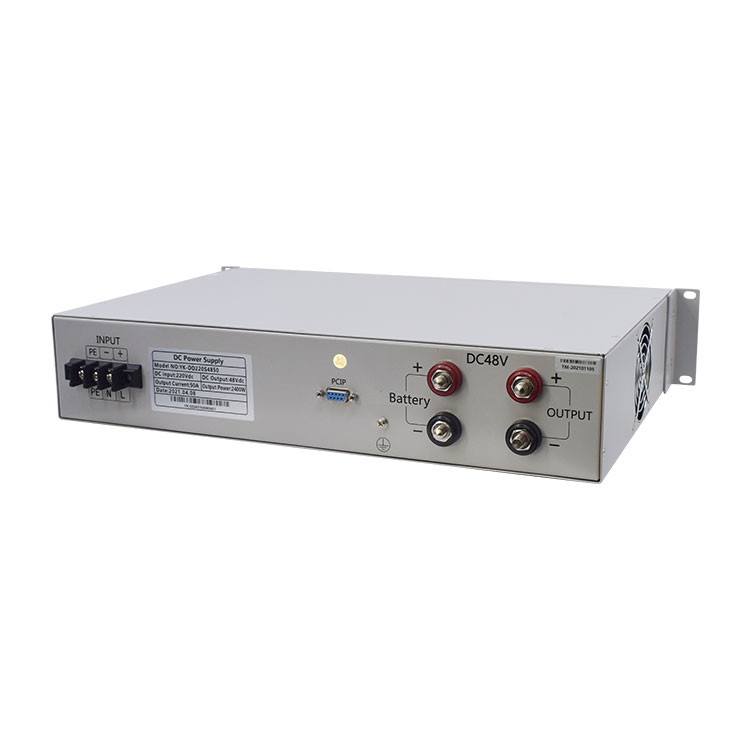
Exploring the Applications of Rack-Mounted DC Converters in Industrial Automation
Click: 680 Date: 09/19/2023 4::53::09 PM
Exploring the Applications of Rack-Mounted DC Converters in Industrial AutomationIndustrial automation is a field that extensively relies on power electronics, particularly DC/DC converters. These devices play a crucial role in controlling and converting electric power, thereby influencing the operation of a wide range of industrial equipment. This article will delve into the applications of rack-mounted DC converters in the realm of industrial automation, shedding light on their importance and functionality.Understanding DC/DC ConvertersDC/DC converters are designed to alter the primary characteristics of electric power, namely current, frequency, and voltage, while maintaining the form of electric power as DC. A DC/DC converter takes power in DC form and outputs a modified voltage level while staying in DC form. The output voltage can be higher or lower than the input, making them crucial in regulating output from power sources that may not be stable or constant, such as those found in battery-operated systems.DC/DC converters can be classified into two main categories based on their design: linear and switching. Linear regulators function similarly to a voltage divider, maintaining a modified constant voltage at the output. Switching regulators, on the other hand, work more efficiently by switching the output on and off as needed instead of maintaining a constant output.Applications in Industrial AutomationIn the context of industrial automation, DC/DC converters are invaluable. They are often used to regulate a broad range of non-electrical variables, such as temperature, motor speed, and radio frequencies, which are critical in various industrial processes.For instance, many field devices in industrial settings require a 24V supply power. Electrical panels are often equipped with DC/DC step-down converters that lower the voltage from the main power supply to meet this requirement. Some field devices not only require this voltage level but are also sensitive enough to need a clean and stable energy supply, which is another reason for integrating a converter.Moreover, there are numerous battery-powered automation applications where it is crucial to integrate DC/DC converters for maintaining a constant power supply to small devices. As a battery discharges, voltage levels gradually drop. Battery voltage is also subject to sudden drops due to unexpectedly high energy demands to the controlled equipment. In such scenarios, DC/DC converters ensure a stable power supply to the programmable logic controller (PLC) and other control devices.ConclusionTo sum up, rack-mounted DC converters play a pivotal role in industrial automation. By effectively controlling and converting electric power, they ensure the smooth operation of various industrial processes and equipment. Their ability to regulate a wide range of non-electrical variables further amplifies their importance in the field. As industrial automation continues to evolve, the significance of these power converters is likely to grow even further.
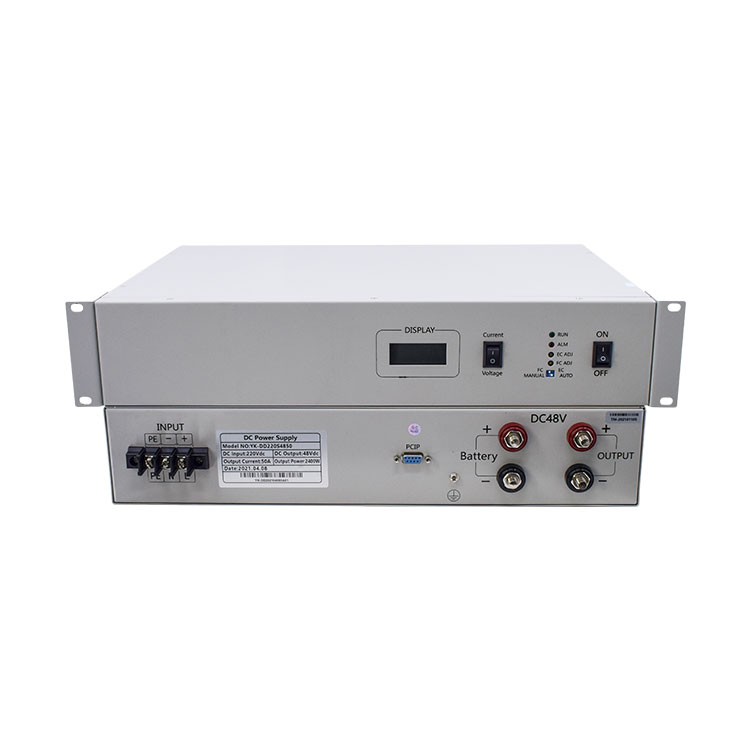
Rack-Mounted DC Converters in Medical Equipment: A Critical Review
Click: 726 Date: 09/19/2023 4::32::09 PM
Rack-Mounted DC Converters in Medical Equipment: A Critical ReviewRack-mounted direct current (DC) converters have become an integral part of various industries due to their high efficiency, compact size, and flexible design. One such industry that greatly benefits from these converters is healthcare. This article provides a critical review of the applications of rack-mounted DC converters in medical equipment.Applications in Medical EquipmentRack-mounted DC converters play a significant role in powering a range of medical equipment. They are used in devices like MRI machines, CT scanners, X-ray machines, and ultrasound equipment, to name a few. These devices require stable and reliable power sources to function accurately, and DC converters provide just that.AdvantagesOne of the primary advantages of using rack-mounted DC converters in medical equipment is their ability to provide clean, consistent power. This is crucial in medical applications where even the slightest fluctuation in power can lead to inaccurate results or even equipment failure. Furthermore, these converters are known for their high power density, which means they can deliver high amounts of power despite their compact size.ChallengesHowever, the use of rack-mounted DC converters in medical equipment is not without challenges. One of the main issues is the need for these converters to meet stringent safety and reliability standards. This is because any malfunction or failure can lead to serious consequences, including patient harm. Additionally, these converters must be designed to operate efficiently under various load conditions, which can be challenging.Future TrendsDespite these challenges, the future of rack-mounted DC converters in medical equipment looks promising. With advancements in technology, these converters are becoming more efficient, reliable, and compact. Moreover, the increasing demand for portable medical devices is expected to further drive the use of these converters in the healthcare industry.ConclusionIn conclusion, rack-mounted DC converters play a critical role in the healthcare industry, powering a range of medical devices with their high efficiency and reliability. While there are challenges associated with their use, the future trends suggest a growing role for these converters in medical applications. As technology continues to advance, we can expect to see even more innovative uses for rack-mounted DC converters in the medical field.
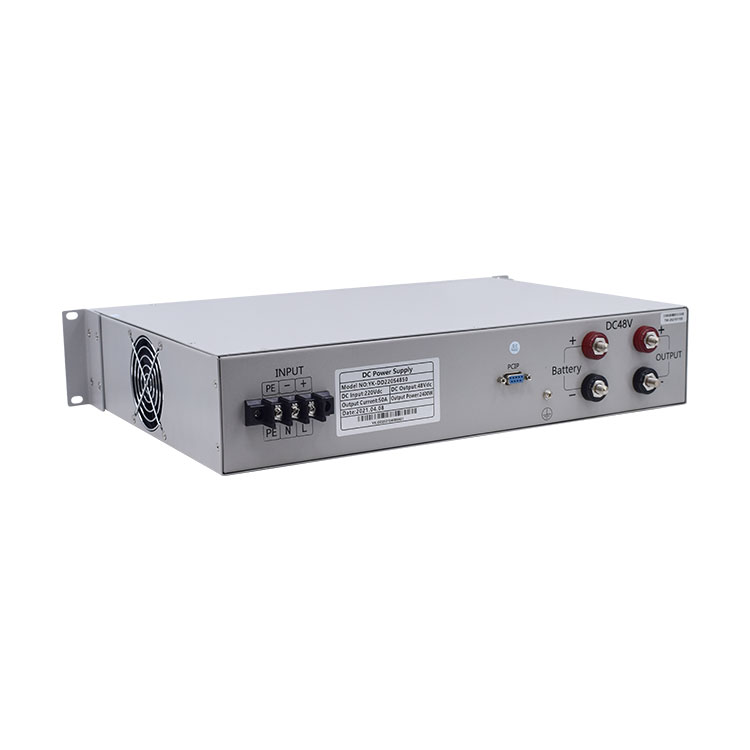
Harnessing Solar Power: Rack-Mounted DC Converters in Solar Energy Systems
Click: 819 Date: 09/19/2023 4::23::07 PM
Harnessing Solar Power: Rack-Mounted DC Converters in Solar Energy SystemsSolar energy is a renewable and sustainable source of power that has gained significant attention in recent years. An essential aspect of harnessing this energy is the conversion of sunlight into usable electrical power. This is where rack-mounted DC converters come into play.The Role of Rack-Mounted DC Converters in Solar Energy SystemsRack-mounted DC converters, also known as DC-DC converters, are devices that convert the direct current (DC) from one voltage level to another. In a solar energy system, these converters are crucial for optimizing the energy harvested from solar panels.The solar panels generate DC electricity when exposed to sunlight. However, this generated power varies due to different factors such as the intensity of sunlight, temperature, and the angle of incidence of sunlight on the panels. A rack-mounted DC converter takes the fluctuating DC output from the solar panels and transforms it into a more stable and usable form of DC power.Benefits of Using Rack-Mounted DC Converters in Solar Energy SystemsThere are several advantages to using rack-mounted DC converters in solar energy systems:Efficiency: These converters allow for maximum power point tracking (MPPT). This feature enables the system to extract the highest possible power from the solar panels under any given conditions 3.Flexibility: Rack-mounted DC converters can handle a wide range of input voltages, making them suitable for various solar panel configurations.Safety: By converting high DC voltages into lower levels, these converters improve the safety of solar energy systems.Scalability: The rack-mounted design allows for easy expansion of the solar energy system as more panels can be added and the corresponding converters can be installed in the same rack.ConclusionRack-mounted DC converters are a crucial component in solar energy systems. They help optimize the use of harvested solar power, enhance the safety and scalability of the system, and offer the flexibility to accommodate various solar panel configurations. As the demand for renewable energy sources increases, the role of these converters in harnessing solar power is expected to grow even more significant.
